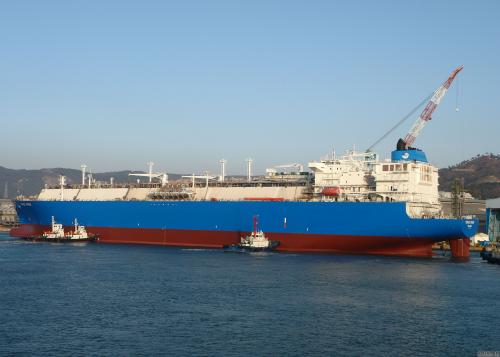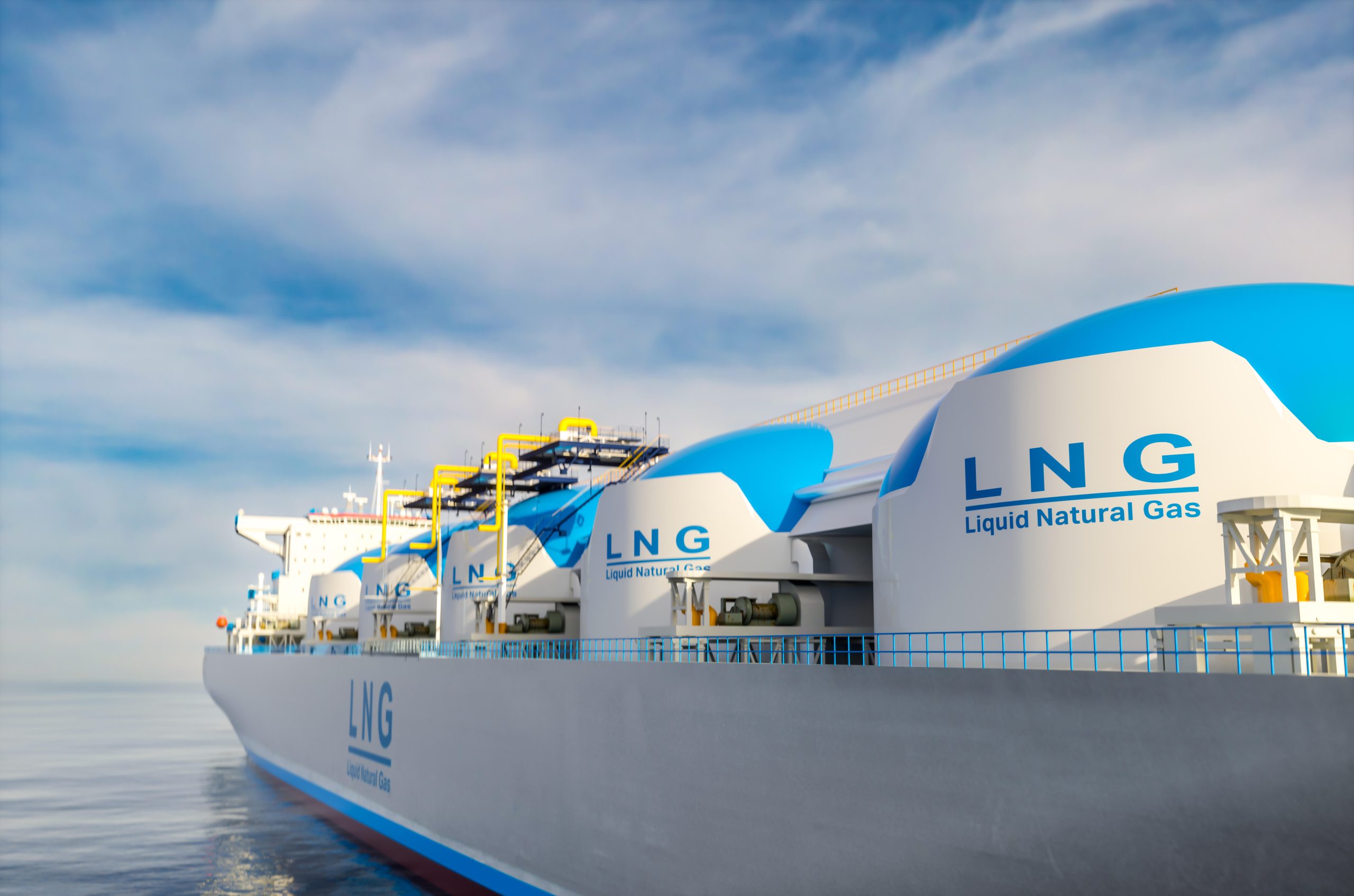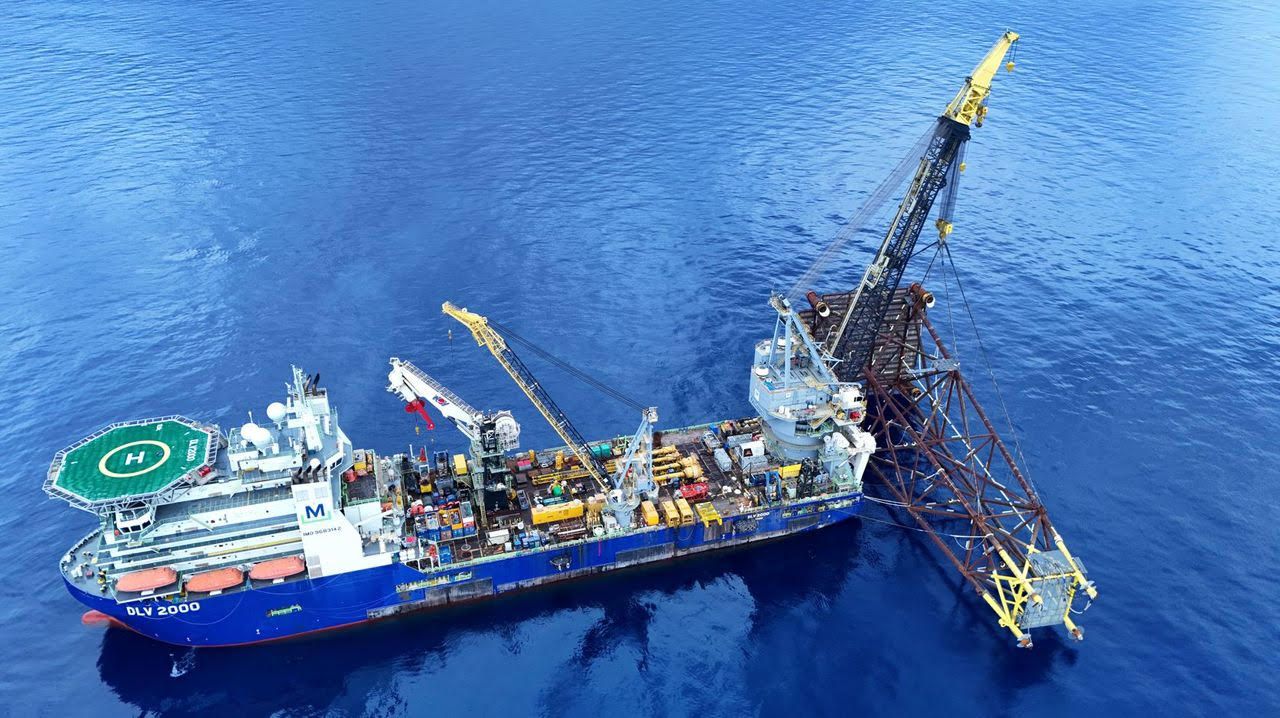现代重工:到2025年氢气运输技术已准备就绪
作者: 发布时间:2022年01月16日 浏览量:612 字体大小: A+ A-

图片来自网络,版权属于原作者
来源:Hellenic Shipping News 2022-1-15
翻译:国际海事信息网 赵扬捷 张运鸿
韩国造船与海洋工程公司(Korea Shipbuilding & Offshore Engineering, KSOE)的一位高管说,预计到2025年将拥有船舶运输氢气的技术,而氢气被吹捧为清洁能源的燃料,该公司的目标是在此方面取得突破。
现代重工集团(Hyundai Heavy Industries Group)(267250.KS)的造船厂是世界上最大的造船商之一,韩国造船(009540.KS)的开发是在全球对推出氢气作为可替代清洁燃料的兴趣日益浓厚的情况下进行的。世界各地的船舶制造商正在寻找运输氢气的方法,目前只能通过管道和卡车运输。
一个主要的挑战在于将氢气保持在零下253摄氏度—仅比绝对零度高20度,即可能的最低温度—以使其保持液态,同时避免装运的容器可能破裂的风险。
韩国造船(KSOE)能源系统研究所副所长Yoo Byeong-yong说:“我们已经开发了一艘容量为20,000立方米的概念船。”
虽然与最大的液化天然气(LNG)超级油轮相比—可运载266,000立方米的货物,氢气油轮的体积较小,只有2万立方米,但随着技术的发展,氢气油轮的规模将不断扩大。
根据世界造船强国之一的韩国造船业估计,从2030年开始的十年中,预计将建造大约20艘容量为2万立方米的船舶,如果需求增长,2040年后可能增加到200艘容量为17万立方米的大型船舶。
Yoo在消费电子科技贸易展期间在拉斯维加斯接受视频采访时说:“我们预见全球氢气市场将在2030年后迅速增长,对船舶的需求也将相应增长。”KSOE预计,氢气油轮将在2025年至2027年之间实现商业化。
韩国造船的Yoo说,在早期阶段,运输氢气的船只将以液化天然气为燃料,但一旦氢气市场成熟,这些船只可以由氢气本身提供动力。
航运业运输了约90%的世界贸易,占世界二氧化碳排放量的近3%,正面临着来自环保主义者强大的压力,要求其采取更多实际行动来降低二氧化碳的排放。
行业监管机构表示,第一批净零排放的船舶必须在2030年前进入全球船队,而由绿色氢气驱动的船舶可以帮助实现这一目标。
(本文版权归国际海事信息网所有,图片版权归原作者,转载请注明出处。)
Technology to ship hydrogen ready by 2025, Hyundai Heavy unit says
Korea Shipbuilding & Offshore Engineering (KSOE) expects to have the technology to transport hydrogen by ship by 2025, an executive said, targeting a breakthrough in supplying a fuel touted by supporters as offering a major source of clean energy.
The development by KSOE 009540.KS, the shipbuilding arm of Hyundai Heavy Industries Group 267250.KS, one of the world’s biggest shipbuilders, comes amid growing global interest in rolling out hydrogen as a cleaner fuel alternative. Vessel makers worldwide are looking at ways to transport the gas, currently supplied via pipelines and trucks.
A major challenge is to keep the hydrogen chilled at minus 253 degrees Celsius – only 20 degrees above absolute zero, the coldest possible temperature – so it stays in liquid form, while avoiding the risk that parts of a vessel could crack.
“We already have developed a concept ship with a capacity of 20,000 cubic metres,” said Yoo Byeong-yong, vice president with Korea Shipbuilding & Offshore Engineering’s (KSOE) Energy System Research Institute.
Though small at 20,000 cubic metres compared with the largest liquefied natural gas (LNG) supertankers – which can carry up to 266,000 cubic meters – the hydrogen tankers will grow in size as the technology develops.
Around 20 ships with a 20,000 cubic meters capacity are expected to be built in the decade starting in 2030, and if demand grows that could increase to 200 larger vessels of 170,000 cubic metres after 2040, according to industry estimates in South Korea, one of the world’s shipbuilding powerhouses.
“We foresee the global hydrogen market will grow rapidly after 2030 and demand for ships will grow accordingly,” said Yoo, speaking in a video interview from Las Vegas during the CES tech trade show. KSOE expects hydrogen tankers to be commercialised between 2025 and 2027.
KSOE’s Yoo said in the early stages ships transporting hydrogen would be fueled by LNG, but the vessels could be powered by hydrogen itself once the hydrogen market matured.
Shipping, which transports about 90% of world trade and accounts for nearly 3% of the world’s CO2 emissions, is under growing pressure from environmentalists to deliver more concrete action.
Industry regulators say first net-zero ships must enter the global fleet by 2030, and ships powered by green hydrogen could help meet the target.
来源:simic
今日要闻
图片新闻
海外传真
热点报道






